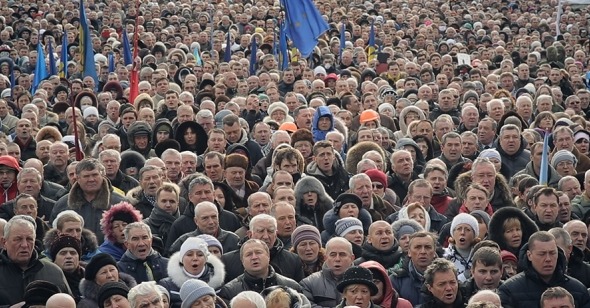Over the last decade plus—basically since the beginning of Reverse Shot—documentary film has gradually become big business. In the wake of Bowling for Columbine in 2002 and the 2003 trifecta of Capturing the Friedmans, Spellbound, and Winged Migration (films that, for better and mostly worse, seemed to set a new template for American documentarians), there have been more nonfiction films—and nonfiction-centered festivals and awards and columns—than ever before. At the same time, it’s clear that the form is adapting and changing. Some of this aesthetic experimentation boils down merely to filmmakers with high enough budgets to steal devices from and look a lot like narrative film. But more and more we’re seeing a rigorous examination and probing of the boundaries between what is ostensibly fiction and what is ostensibly not by filmmakers, critics, and programmers. The increasing popularity such events as the True/False Festival in Missouri, Art of the Real in New York, and the Camden International Film Festival in Maine is a testament to this cresting wave.
It should be noted that these explorations aren’t new—brilliant filmmakers like Agnès Varda, William Greaves, Leo Hurwitz, Abbas Kiarostami, Dusan Makavejev, and many others been blurring these lines for decades—but these questions and debates have moved to the forefront of viewing and criticism in ways we haven’t seen before.
Why are we suddenly so obsessed with questioning cinematic reality? Why “docs”? And why now? To get at these queries, and try to get a handle on the nonfiction boom, we figured we’d do it the best way we know how: with a new symposium. Welcome to Reverse Shot’s True Stories.
It’s not our style to ask our writers to just pick a documentary they like and write about it. Instead, we recalled such past Reverse Shot symposiums as Stuck in the Middle and East Meets West, and asked them to pair things up: take a fiction film and put it in dialogue with a documentary that seemed to them of a similar theme, topic, tone, or aesthetic. Which feels more “real,” and why? What is it that makes a film feel authentic? Are there things a documentary can inherently do that a fiction film cannot, and vice versa?
By taking this comparative approach we hoped to learn not just about the assumptions that go into the production or reception of documentary film but also fiction film. We suggested that writers not choose two films they have already made up their minds about, and treat the essay like a true exploration, and that, for the sake of keeping the symposium focused, they limit themselves to titles made in approximately the last ten years—the supposed new “Golden Age” of documentary.
What can we glean about cinematic performance at the intersection of Listen to Me Marlon and Birdman? Or about approaches to public-school education exhibited by both Approaching the Elephant and The Class? Can a narrative film like Low Tide feel more “real” than its documentary subject-cousin Rich Hill? And can single shots in the unlikely pairing of Maidan and The Tree of Life lead us to broader conclusions about the essential properties of the medium itself?
The results of this investigation have been fascinatingly varied, centering on wildly different matters and finding connections from the literal to the obscure. And by looking closely at documentary, fiction, and the truth that lies somewhere in between, writers have repeatedly touched upon perhaps the most central, fascinating, and unresolvable question of all great film criticism: what is cinema?
